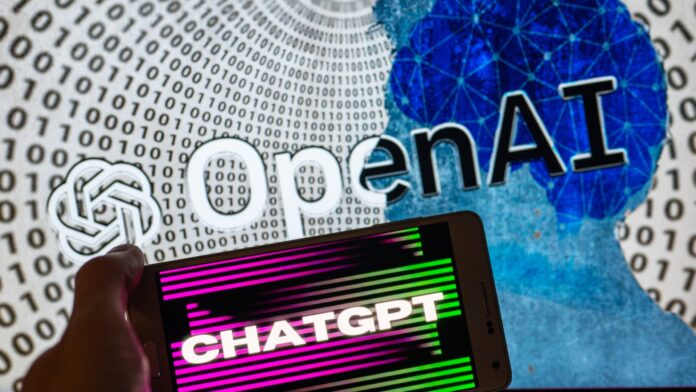It is difficult to anticipate the full extent of the impact that cutting-edge technology will have on our world. The recent release of the AI tool, ChatGpt, has sparked numerous discussions about the costs that humans may incur. However, it is important to consider various aspects of AI machines and their potential effects on human activities. While writers may be the primary group at risk of job loss, there may be other workers whose livelihoods are also threatened by these emerging technologies. Let’s delve deeper into this issue.
Offerings of ChatGPT
If you’re not familiar with Chat Gpt, you may be wondering whether it is available for free. Additionally, you may be curious about the services this intelligent tool offers and when it was launched.
Chat Gpt offers a wide range of services, including code generation, poetry creation, deep learning, and even joke-making, all at no cost. This tool was released in November 2022 and has quickly gained the attention of billions of people, surpassing its competitor Microsoft in popularity.
Need of Such Models
As the demand for efficient handling and storage of vast amounts of data continues to rise, humans are prone to making errors that can result in significant losses for individuals, companies, and enterprises. To address this issue, machine learning models such as chatbots were developed several decades ago.
However, the development of large language models was not initially successful for companies in this field. Open AI, the parent company of ChatGpt, was also involved in the race to design chatbots. They believe that these models will be beneficial for defense and security purposes, as well as providing other benefits for humans.
As an AI language model, ChatGPT can generate predictions and construct various outputs. It is proficient in writing without committing grammatical errors and can consistently produce accurate and structured content. On a more humorous note, future generations may tease us by saying that we used to write without the assistance of AI tools
Turing test of Chat Gpt
The Turing test is commonly used as a benchmark to measure a machine’s intelligence and its ability to simulate human-like thinking. Developed by Alan Turing in 1950, it aims to assess the extent to which machines can emulate human cognition. While ChatGPT is a language model that can generate responses similar to humans, it has not been specifically designed to pass the Turing test. Therefore, ChatGPT has not yet passed the Turing test.
Conclusion
In conclusion, the release of ChatGpt has raised concerns about the potential impact of AI technology on human activities, particularly on job security for writers and other professionals. However, it is important to recognize the benefits of AI models like ChatGpt, which can improve the efficiency and accuracy of tasks that were previously prone to human error. While ChatGpt has not yet passed the Turing test, it has the potential to revolutionize the way we produce written content and communicate with each other. As we continue to explore the capabilities of AI technology, it is essential that we also consider its potential human costs and take steps to mitigate any negative impacts.













